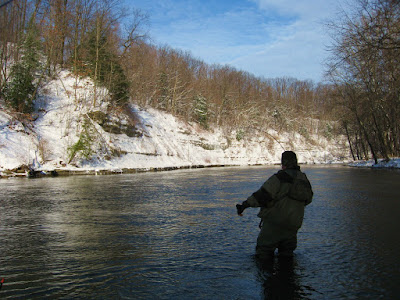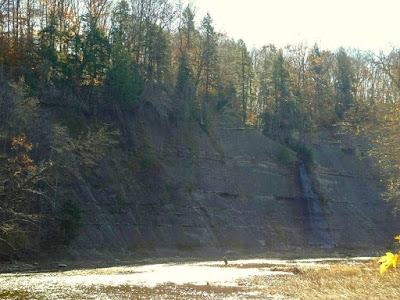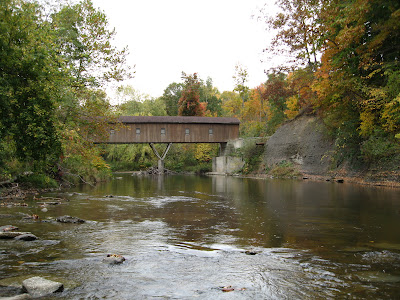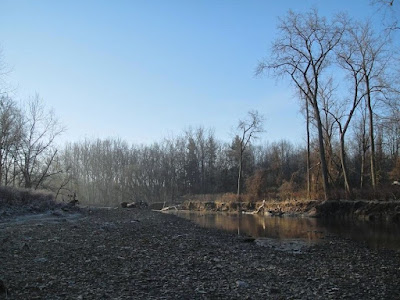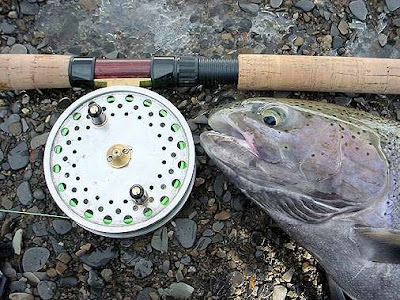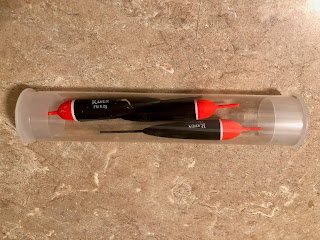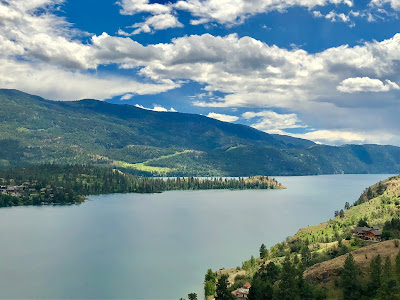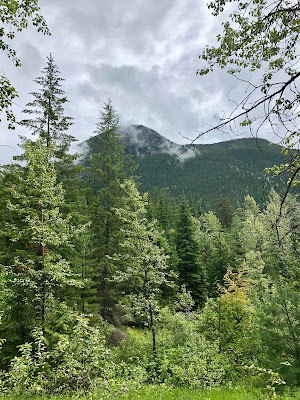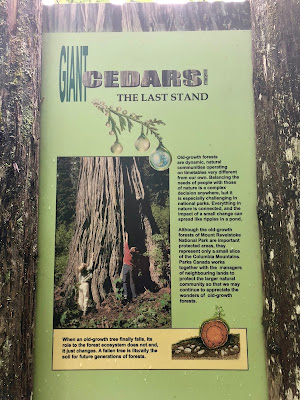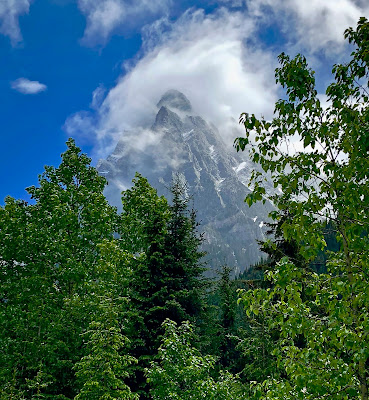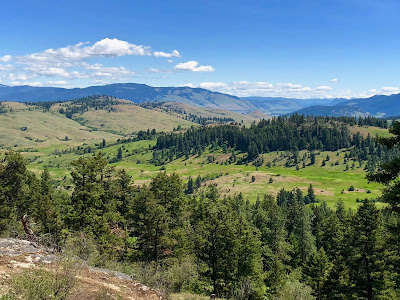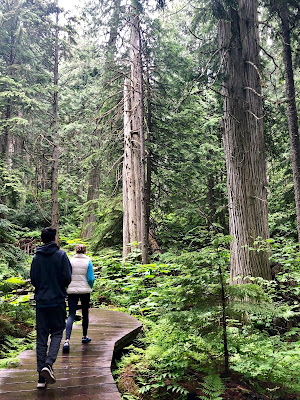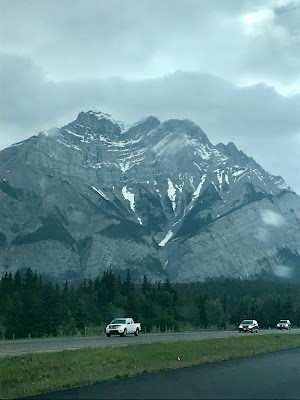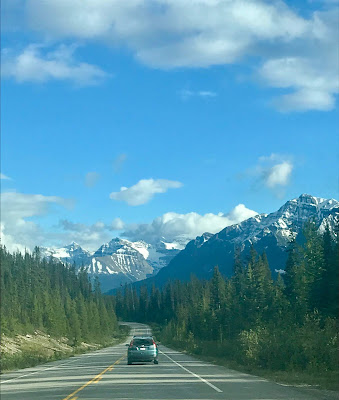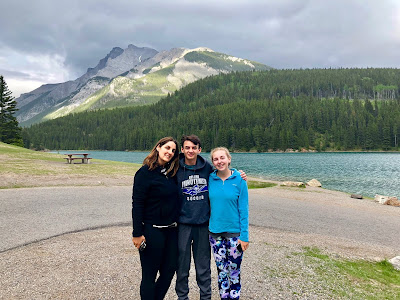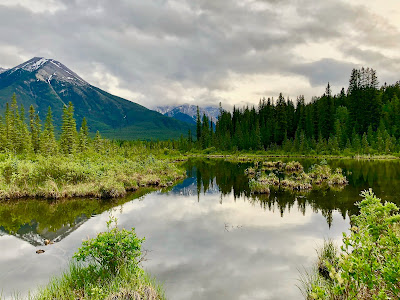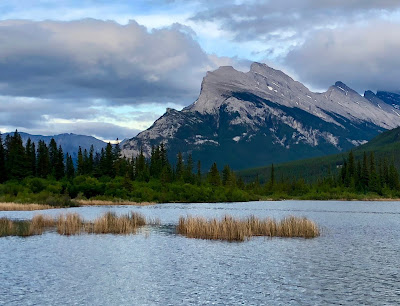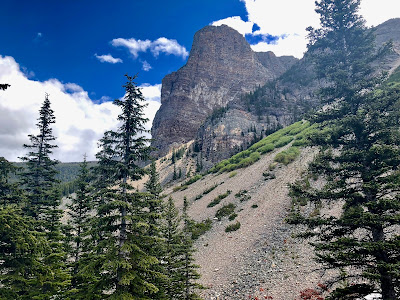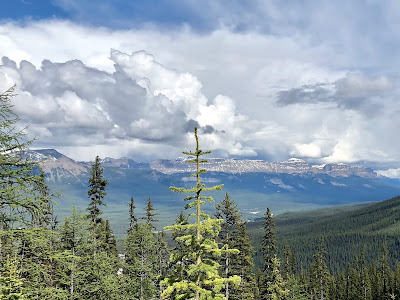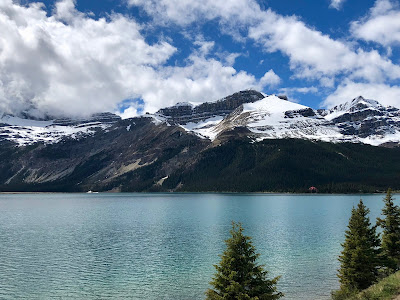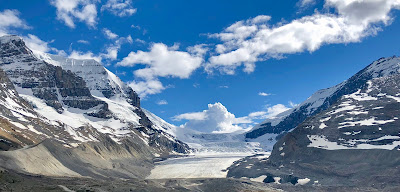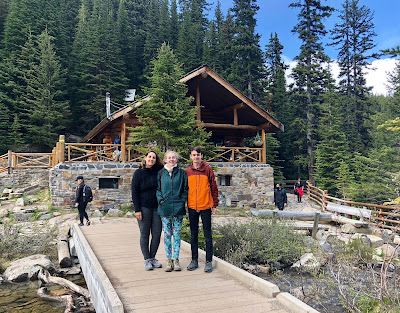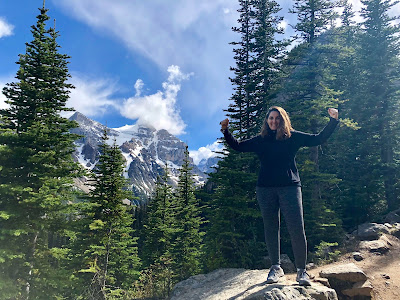There's 3 certainaties in life
Death, taxes and Ohio State beating Michigan
Michigan is Charlie Brown and Ohio State is Lucy Van Pelt. It became a running gag, because no matter what Michigan did, they could never beat their arch rival. When Jim Harbaugh was a hired, many thought he would be the head coach to stop the beatings. So far the Kahki Jesus is 0-3.
Michigan is Charlie Brown and Ohio State is Lucy Van Pelt. It became a running gag, because no matter what Michigan did, they could never beat their arch rival. When Jim Harbaugh was a hired, many thought he would be the head coach to stop the beatings. So far the Kahki Jesus is 0-3.
But this year, it looked like Michigan was finally going to end their long drought and beat the Buckeyes. Ohio State this season was a hot mess. The suspension of Urban Meyer at the beginning of the season laid the foundation of a season littered with chaos. They lose star defensive player Nick Bosa for the season. The defense couldn't stop a runny nose. The offensive line was inconsistent and they suddenly forgot on how to pound the rock. As the season progressed the Buckeyes kept spinning their wheels until they went up against Purdue and the wheels came flying off. They got thrashed by a team that was unranked. Many in Buckeye nation thought it was the end of Urban Meyer. He lost control of his staff and players. It continued to get worse as they barely beat Nebraska and almost lost to Maryland as they couldn't win on a two point conversion in overtime. Even though they were 10-1, they were the worst one loss team in college football.
The Wolverines were the opposite. After losing to Notre Dame in the season opener, Michigan steam rolled their opponents. The players on the team dubbed their season as the "Revenge Tour" On the schedule where the teams that beat them last season - Wisconsin, Michigan State, and Penn State, all of them humilated Michigan.
Michigan ended up crushing all of them. The final date was in Columbus and they were licking their chops. Why wouldn't they? Ohio State was mediocre and ready to be taken to the woodshed. Michigan running back Karon Higdon even went out and guaranteed a victory. Some Buckeyes fans didn't have a problem with that, because they felt he was right. I thought they would get runned off the field and I couldn't stomach the thought of watching the "Game".
Yes, I'm a lousy fan, I'll admit it.
Yes, I'm a lousy fan, I'll admit it.
I was in Boston for Thanksgiving and Saturday afternoon we toured the downtown. I held true to my promise that I wouldn't watch it or even acknowledge it. My girlfriend thought it was amusing as she said
"It's just a game silly"
Just a game! How dare she mock the "Game" as just a game. But I'm also very superstitious. In the past when I thought Ohio State wouldn't win and I didn't watch the game, guess what? I'm 8-2.
As we toured the city, I resisted to look at the score. It wasn't breaking into a cold sweat. I was cool and kept myself distracted. It was late afternoon and we're in Mike's Pastry waiting to order cannolis. There was a TV with a game on and I wouldn't look at it. We got our cannolis and outside my girlfriend's uncle said
"I saw the score of the Ohio State game"
and I said
"How are they doing?"
He raised his eyebrows and smirked. Was he playing me? Were they get smoked or were they blowing them out? I look at the time and it's almost 4:00 PM, the game should be over soon. The suspense was too much. I pull my phone out and check the score
62 - 39
Holy shit. I was stunned as I nearly walked into some people. On the train ride back, I checked the game stats and it was an epic beat down. Haskins torched Michigan's vaunted defense for 396 yards and six touchdowns. The 62 points given up was the most in Michigan's history. The Revenge Tour came to a screeching halt.
Buckeyes wideout Parris Campbell said earlier in the week, they were lying in the weeds, as the critics and pundits give them no shot at winning. Boy was he right. They took the Wolverines to the cleaners and many Buckeyes fans were wondering why didn't they play like this all season long.
This is what a rivalry does. But it hasn't been a rivalry since 2000, as Ohio State has beaten Michigan 16 times. It's been a lopsided affair with a mix of close games and blowouts. Harbaugh was looked upon as the savior. After all he took the Niners to the Super Bowl and won three conference titles. He's the highest paid coach in college football and he's now 0-4 against Ohio State, no coach in Michigan history has ever done that.
Uncle Urbie on the other hand is 7-0 and is clearly in Michigan's head. Him and his staff came up with a brilliant game plan exploiting Michigan's biggest weakness, their lack of speed in the secondary and man coverage. Crossing routes and Ohio State's speedy wideouts killed them. Haskins carved them up like the turkey I eat a couple days ago. It was a thing of beauty.
Uncle Urbie on the other hand is 7-0 and is clearly in Michigan's head. Him and his staff came up with a brilliant game plan exploiting Michigan's biggest weakness, their lack of speed in the secondary and man coverage. Crossing routes and Ohio State's speedy wideouts killed them. Haskins carved them up like the turkey I eat a couple days ago. It was a thing of beauty.



